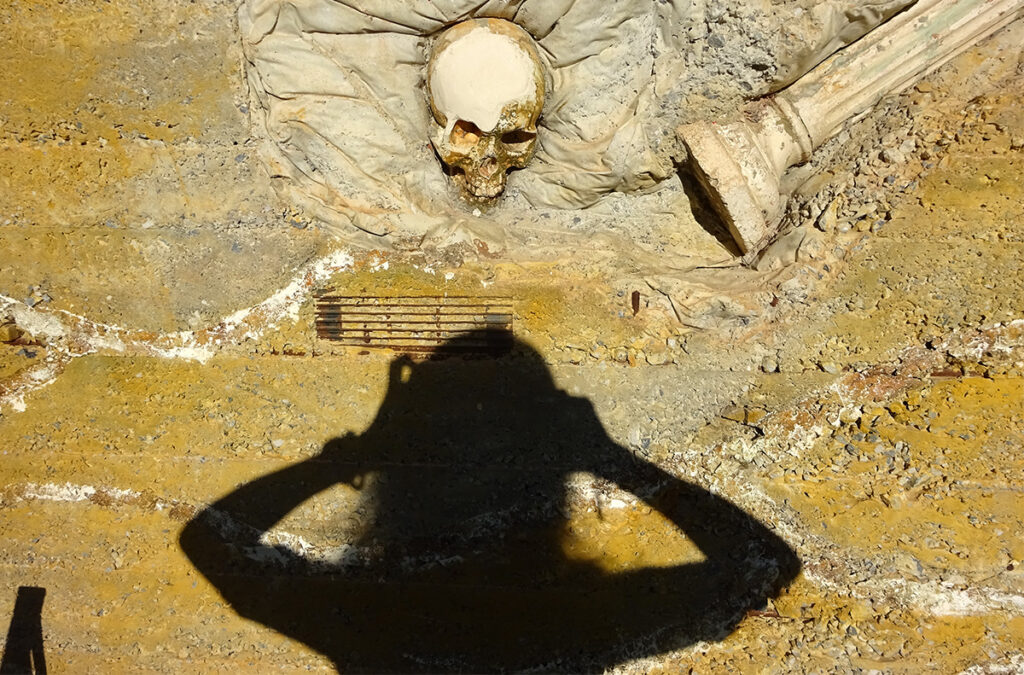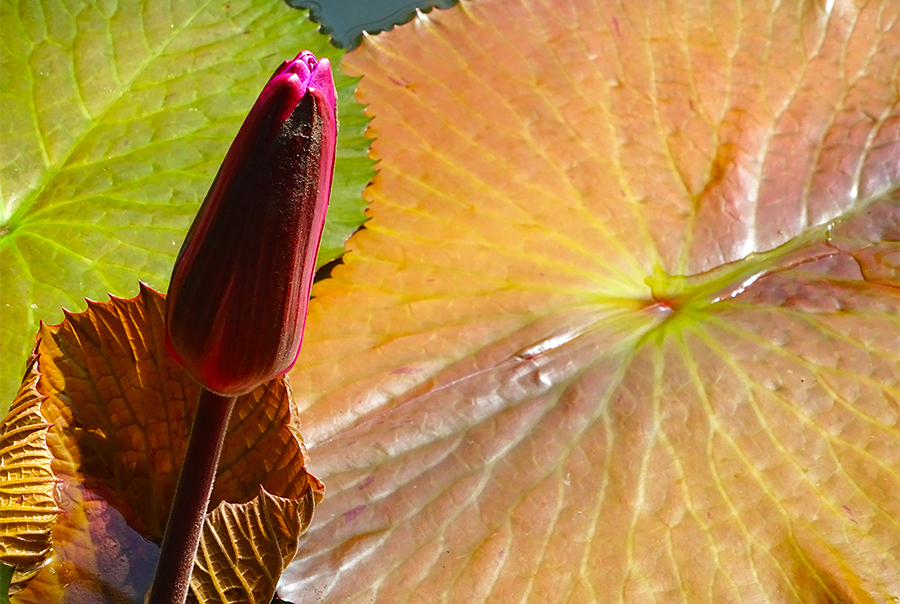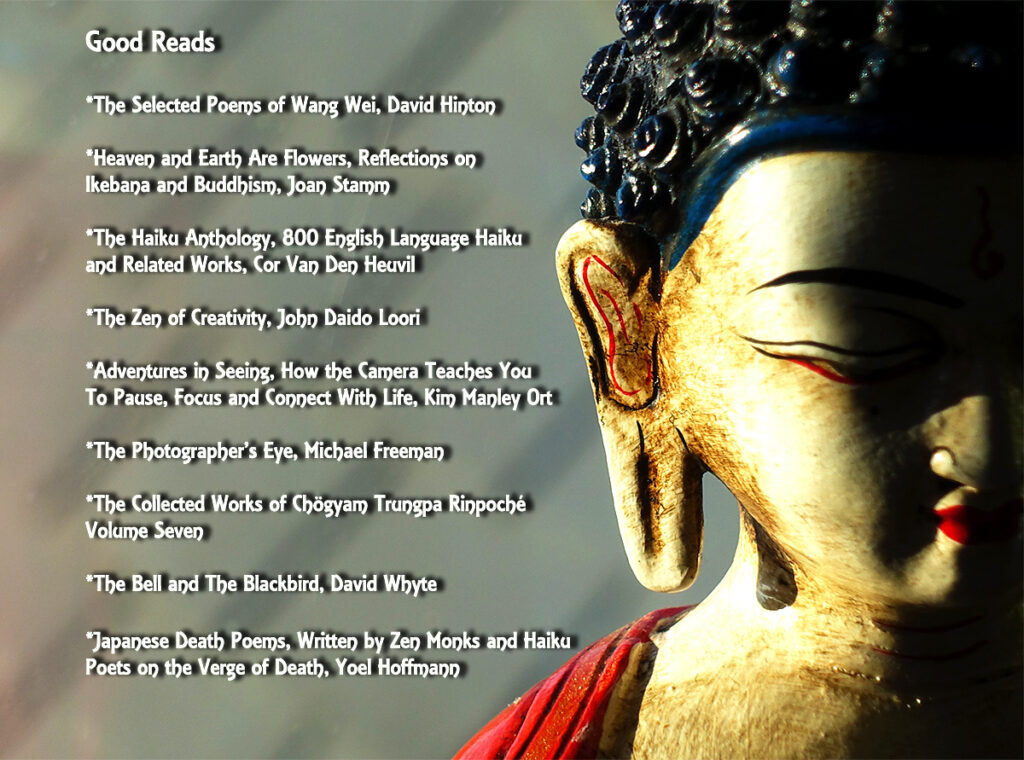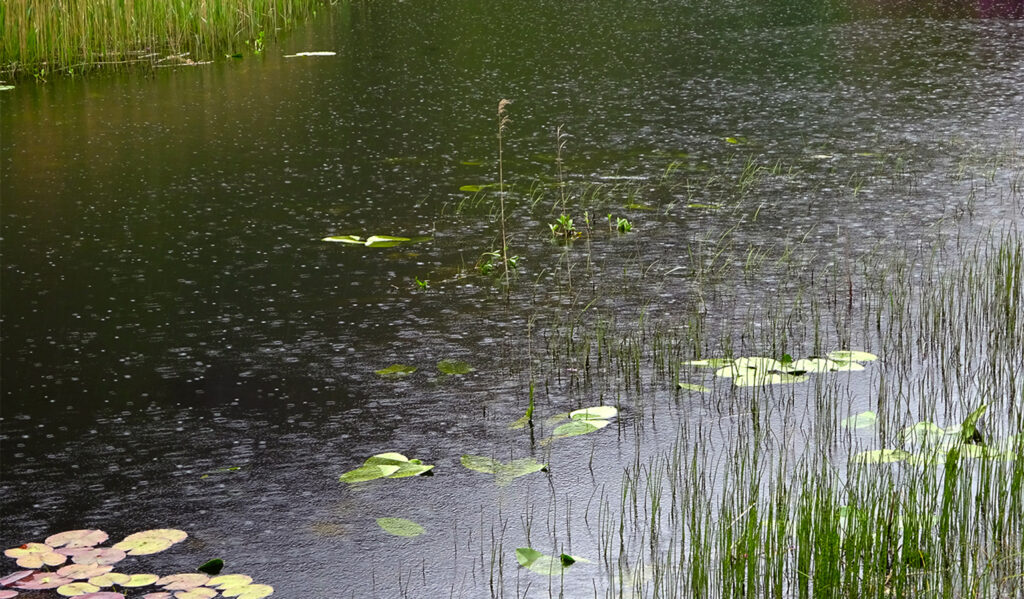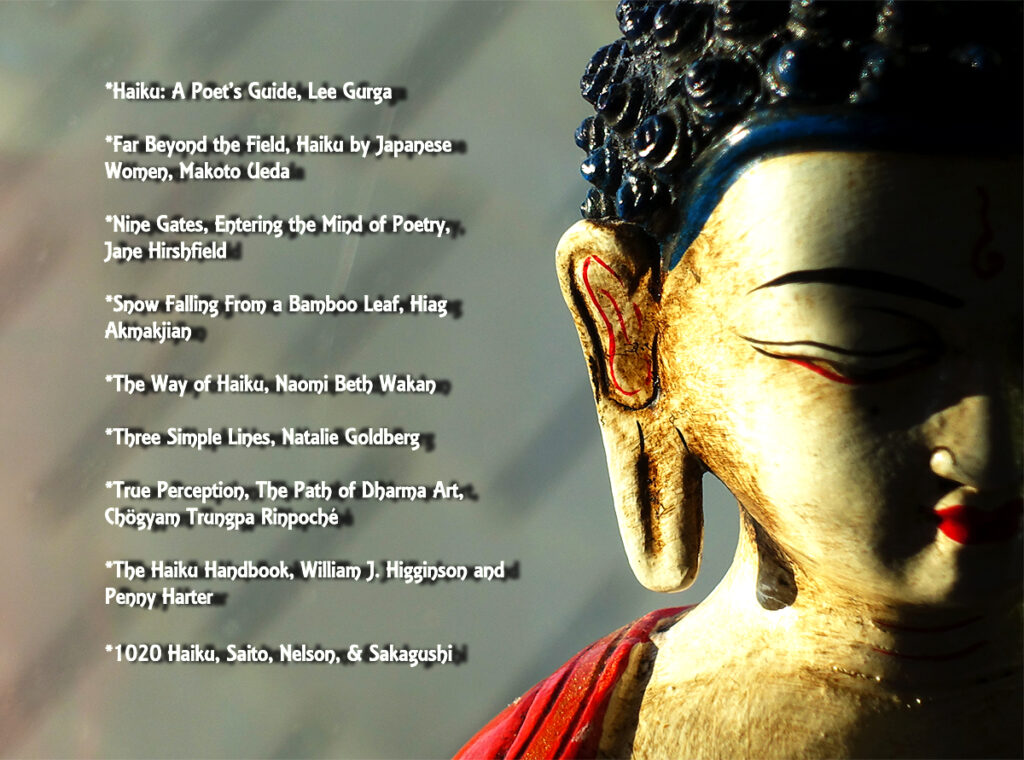Envisioning Miksang: The Foundation Practices of Contemplative Photography Part 1 Online on Zoom

Envisioning Miksang: The Foundation Practices of Contemplative Photography Part 1 Online on Zoom with Miksang Practitioner Ivette Ebaen
5 consecutive Saturdays: July 10, 17, 24, 31; & August 7, 2021.
EST: 10am-12noon. Philadelphia, USA.
GMT: 3pm-5pm. UK and Ireland (Germany & Netherlands 4pm-6pm)
Max. Participants: 12 No previous photography experience required.
Supported Price: $75.00 Program: $125.00 Patron: $165.00
Not to be confused with the usual run-of-the-mill photography courses, Miksang is a contemplative photography practice based on the Dharma Art teachings of Chögyam Trungpa Rinpoche. In the process of photographing colour, texture, pattern, light and shadow; space and dot-in-space, we’ll experience what Trungpa Rinpoche described as the flash of perception– little glimpses of enlightenment. Recognizing them, we’ll deepen our trust in what we perceive and allow awareness to inspire our pictures.
Join Nalanda Miksang practitioner/teacher/photographer, Ivette Ebaen for the first in a series of online Miksang foundational courses hosted by the Philadelphia Shambhala Center. Learn to ground yourself in a still and quiet mind that prepares you for a deeper meditation, seeing the world afresh perceived through the eyes of Miksang.
What participants are saying about their Miksang experience:
“What a wonderful class on Miksang we had. The zoom format worked well and the group was able to get to appreciate each other’s understanding and each person’s process creating the images. Ivette brought us to understand how to use Miksang photography as a Way, a path to open to the brilliance of everyday perception. The readings were very helpful. As a student of Trungpa Rinpoche since 1974, I have been aware of Dharma Art but this class broke my heart open to see the wisdom of applying our instant presence to seeing with a photographer’s eye. As an artist, I feel my inspiration brightened by an intention to share the moment of perception with others, to inspire their appreciation of naked perception. Ivette creates an encouraging atmosphere where understanding can unfold individually.I would like to continue with this masterfully constructed curriculum and with Ivette. The class has aroused in me the commitment I feel taking dharma classes and the wholesomeness of sharing personal insights with others, without arrogance or competitiveness… “ Alix M. N.Y.C. USA
*
“I had read about Miksang photography prior to taking a class with Ivette Ebaen but really didn’t quite understand the essence of the practice. Studying with Ivette however has opened my eyes in more ways than one. She is able to convey the Miksang approach in a profound and gentle way. I have learned to pay attention to my state of mind when taking photographs. Am I in a state of nonaggression or am I feeling stressed and speedy? If the latter then I have learned to wait until I can relax and be open to the flashes of perception that bring a feeling of connection to the richness of the visual world we share. Ivette’s example photos show me the essence of Miksang in a nonverbal way and I have learned that a photograph can be a visual aid to meditation, something I had never considered before. I eagerly look forward to taking further classes with Ivette and exploring the vast treasure of this way of seeing.”
Kathleen J. Philadelphia, USA
*
“Ivette is an insightful and highly skilled facilitator.
I have found her explanations, understanding & teaching of this course exceptional.
As I was new to this, there were areas I struggled to grasp but Ivette explained them to me in a manner which resonated with me. With her guidance and encouragement I gained clarity and confidence in my practice as she challenged us
to expand our vision, widen our view and deepen our connection with the teachings and practice of the art of Miksang. Ivette established a comfortable working and learning environment and encouraged positive group interaction throughout the course. She held space, gave each of us equal time, attention, to voice & express our vision. Ivette often saw merits in our work and understanding of the teachings that we missed ourselves. I always felt safe to speak up and share and Ivette was so supportive & made us feel welcome and thanked us for our contribution. For me it’s the way the course was taught that captured my inspiration. Ivette brought the teachings to life and showed us how to integrate our practise through our daily lives.”
Deirdre M. Wexford, the Republic of Ireland
*
“Following the Miksang course by Ivette has been an incredible enriching experience for me. By practicing Miksang, it is like you receive a new pair of ‘glasses’ to view the world with, one that opens up a whole new look on reality and brings a lot of new wonders to life.
Ivette is a wonderful teacher that gives everybody that extra bit of attention when they need it. She teaches in is a very warm, kind and wise manner, and makes sure everybody is progressing in a very pleasant way. The whole course and also the interaction with the other group members has been an absolute bliss, including some deep conversations on topics like ‘acting from basic goodness’ or the discovery of ‘Dharma’. These have all been deepening and enriching the whole experience. I would recommend the course to anybody who enjoys photography and is open to receive their own pair of magical ‘Miksang glasses’ to see the world in a magical new perspective.”
Kind regards, Mit Freundlichen Grüßen, Paul R. Netherlands
*
“I signed up to the course as a budding photography student, as well as a new student to the world of Buddhism and thought the course would help me pick up some starting photography techniques, however what I received from the course was so much more.
Ivette Ebaen has gone above and beyond to ensure I have understood and related to the content material, providing really insightful perceptions and skills on what to look for when trying to capture an image. Each week she has provided us with insightful articles for reading and techniques to practice our camera skills between in each class. She is also very patient with all members of the group and makes a point to listen to all participants and make us all feel involved and heard…
Ivette greatly helped my understanding of the ‘flash of perception’ and Ivette has a brilliant way of discussing the material with you in a way that you can truly understand the meaning of Miksang’s text and how to apply it to your photography. I would greatly appreciate the chance for further study with Ivette and Miksang and hope that further courses will be available via Shambhala.”
Steph M. United Kingdom
*
“Ivette does not just teach, but lives her practice and is keen to share and excite others about the practice in a humble, gracious fashion. As I once shared directly with her, I was immediately grounded, but also continually inspired by her poise, by the confidence, clarity, thoughtfulness, and directness with which she spoke and engaged with the class participants–all traits I recognize as comprising the very heart of compassion; all traits I believe make an excellent teacher for someone, such as I learning a new practice.
I must also share here that Ivette’s choices of articles by Chögyam Trungpa were always timely and appropriate compliments to both the subjects of weekly study and the types of questions and struggles that arose in the context of the stepped practice in which we were each engaged.
Attending the first class, I was delighted to have found my fellow participants to hail from different European nations, in addition to different geographic locations in the U.S. Perhaps it is just me, but I feel comfortable and poised to learn in international versus purely domestic, or local contexts. Learning and expanding the practice of Miksang in an international (sangha) context is no exception.”
Sharin R. Philadelphia, USA
***
BIO:
Ivette Ebaen is a professional exhibiting photographer; Miksang Practitioner and Certified Teacher, with a B.A. in Fine Arts and an M.A. Transpersonal Studies/Psychology. She is a member of Shambhala International, Miksang International. She currently teaches from and resides in the Republic of Ireland.
Recommended reading:
True Perception: The Path of Dharma Art, Chögyam Trungpa Rinpoche
Looking and Seeing, Nalanda Miksang Contemplative Photography, Vol. I, John McQuade and Miriam Hall
Please come to each session equipped with a journal or notebook; a digital camera (with fully charged batteries), an empty SIM card or USB stick (can use Mobile phone camera as long as you can upload pictures from phone onto your PC or laptop). We will be taking pictures during class and reviewing our photos on Zoom.
To learn more about Ivette Ebaen and her Nalanda Miksang work visit her website: www.purevision.photography
For further information contact Program Coordinator Barbara Craig at [email protected]
To save your seat please prepay and register for Envisioning Miksang: The Foundation Practices of Contemplative Photography Part 1 Online Course. Visit the Philadelphia Shambhala Center https://philadelphia.shambhala.org/ check under Contemplative Arts. You will receive a Zoom link before the class starts, as well as a welcome letter and first assignment from the instructor.

